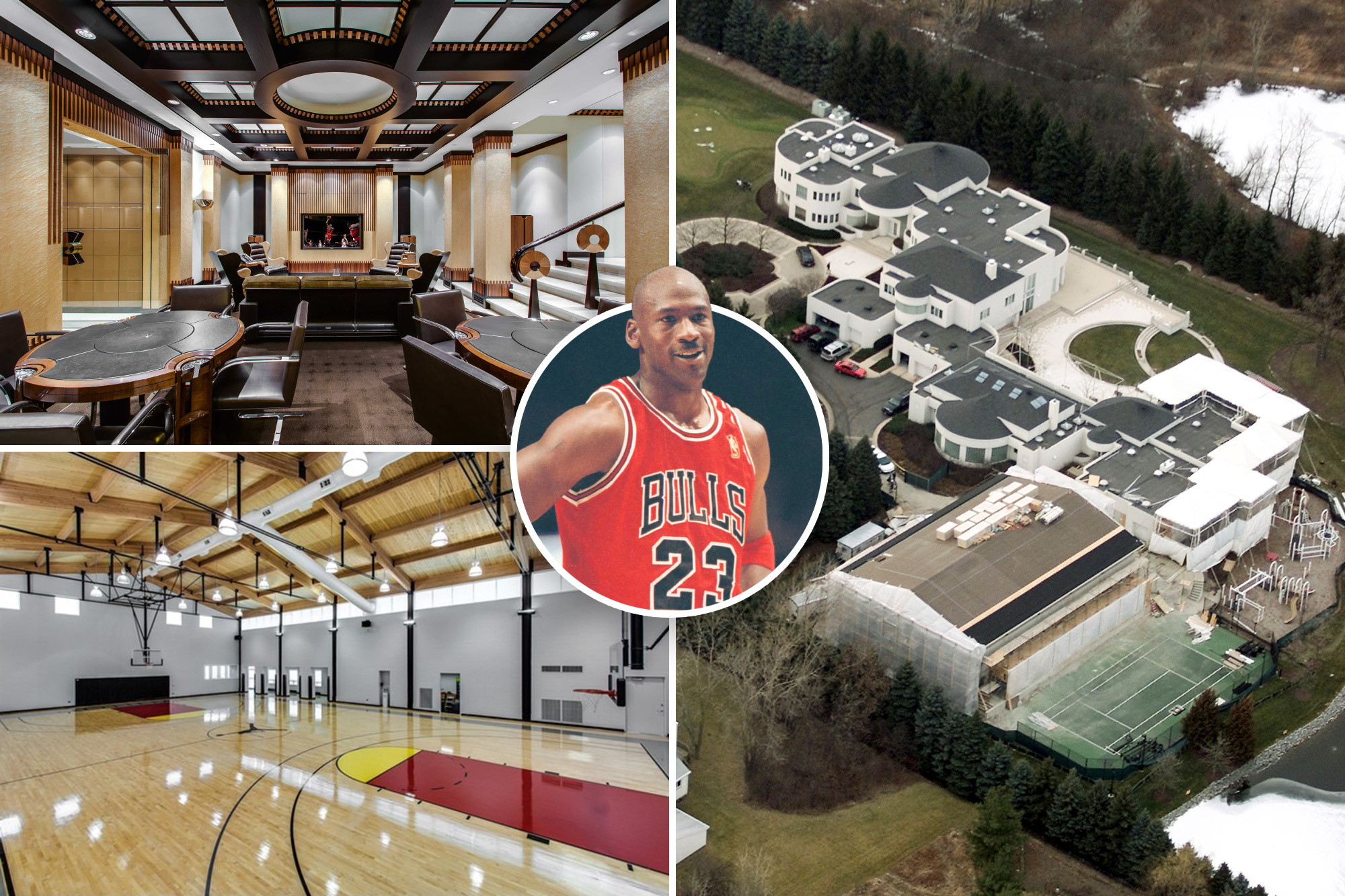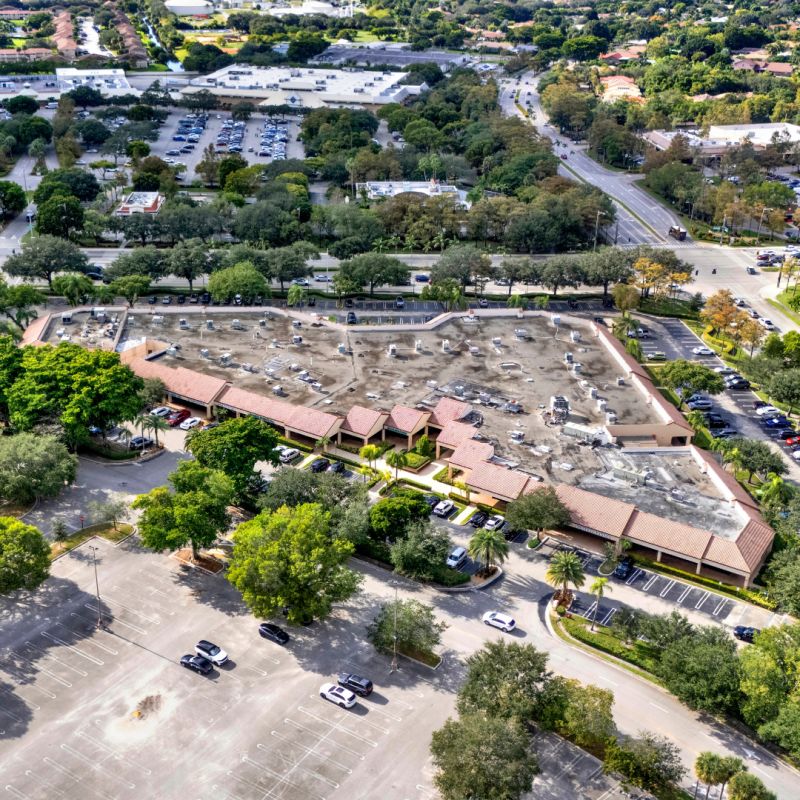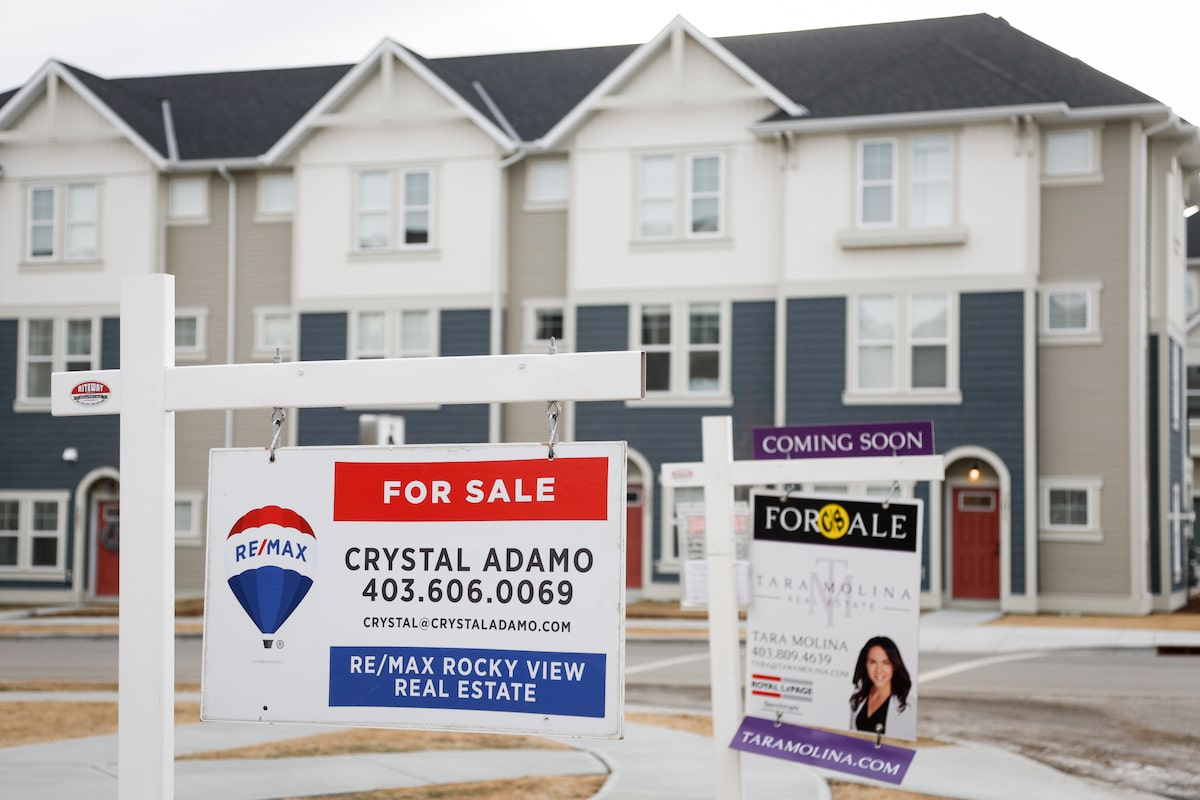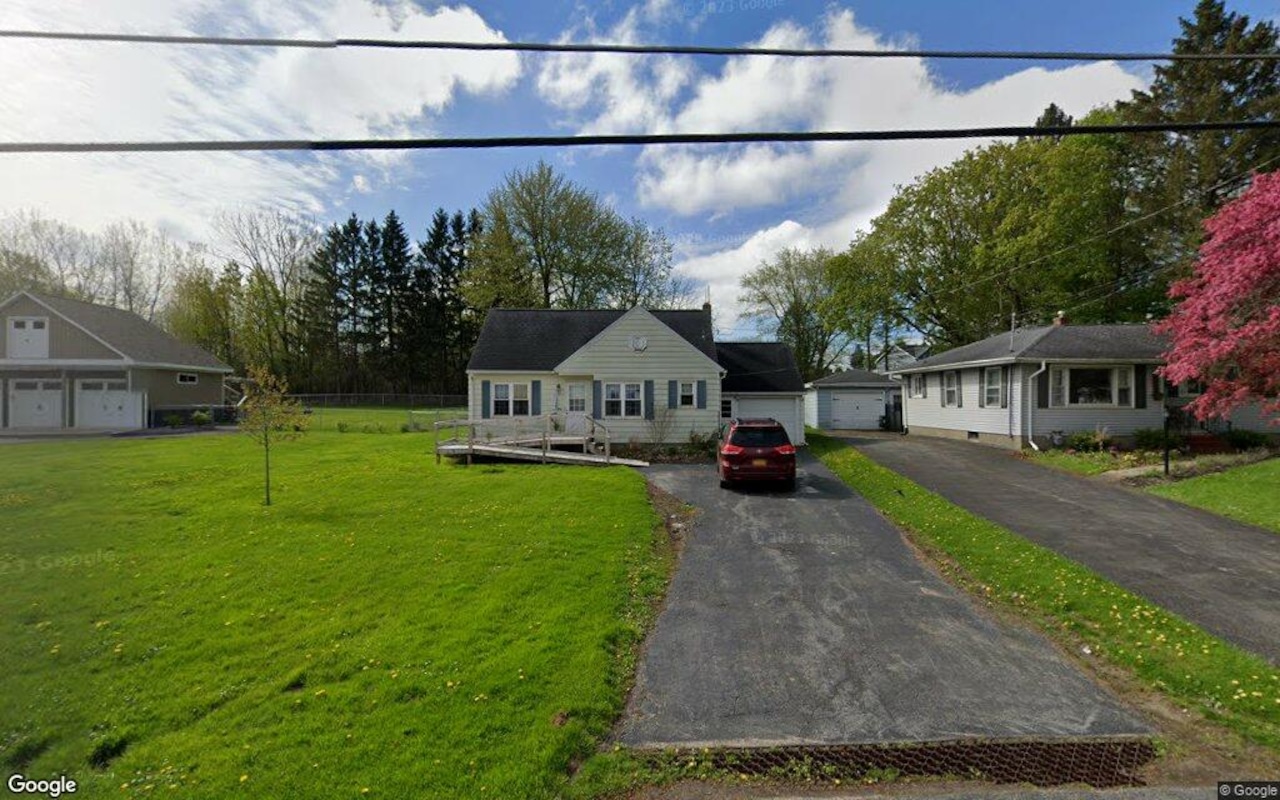T
he summer market in Manhattan is expected to be one of localized strength, with a focus on understanding where trends are headed rather than what they were in the past. To take advantage of this market, buyers and sellers need to look at key metrics that will shape the upcoming summer market.
Manhattan's Pulse index, which measures demand versus supply, turned negative in late April for the first time in ten months. This suggests that seller leverage may be ebbing as the market falls back into its seasonal groove. The UD Climate Ratio, which tracks successful versus failed listings, dipped slightly to 2.13 in April, indicating deals are getting done but buyer caution is creeping in.
Supply and demand dynamics show that listings are essentially flat year-over-year, with inventory remaining thin in many segments. However, overall signed contracts are up about 12% vs. last summer, with momentum varying by size, price, and building type. The $2 million to $4 million price range is seeing demand up 23% compared to last year.
Price trends indicate a record high of $1,543 per square foot in February, which may be followed by another all-time price peak in March closings. However, April's seasonal volume pullback and macroeconomic jitters may lead to a modest price dip in May or June.
The rental market is also signaling a hot summer ahead, with asking rents climbing to a new high of $4,800 in April (+6.7% year-over-year). Tight rental conditions could spill over into the sales market, especially at sub-$1 million price points.
As the spring peak is behind us, the summer market will likely be one of churning, localized strength. Here's how different price points look heading into summer:
* Under $1M: Churning market ahead with sideways price action.
* $1M to $2M: Potential for slight price gains.
* $2M to 4M: Modest price increases likely ahead as dynamics continue to favor sellers.
* Above $4M: Supply constraints will likely drive prices higher.
Advice for sellers includes pricing listings competitively and highlighting the cost-of-ownership versus renting, especially in the sub-$2 million market. For buyers, staying patient and poised is key, with opportunities arising from lower deal volume and steady mortgage rates.














